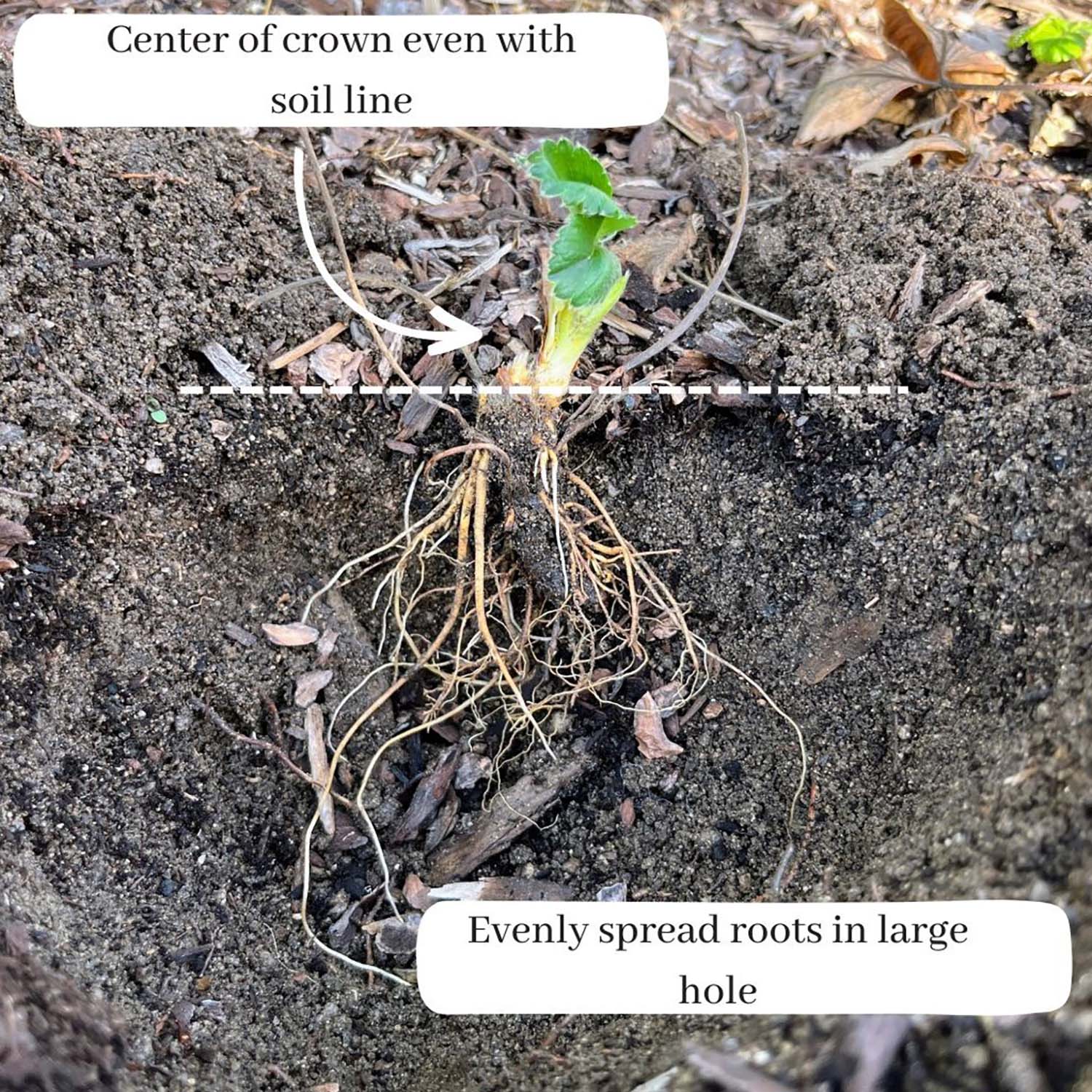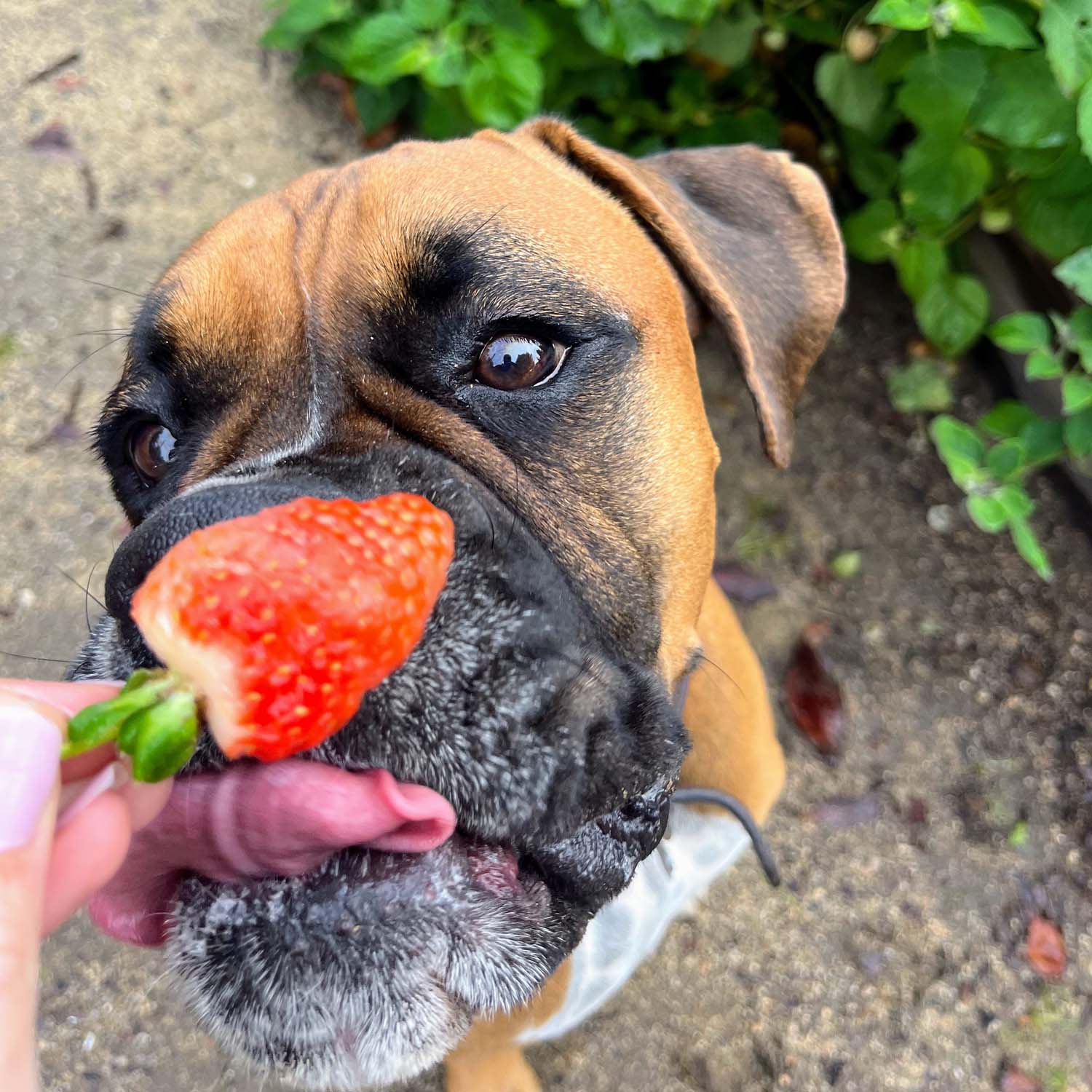Bare Root Plants: The Best Way to Grow Your Own Garden - Fresh Strawberries

Fresh strawberries are a staple in our garden, enjoyed equally by my family and our pups with every trek down to our little strawberry patch. We glean and graze the glistening red rubies under the sun, enjoying their sweet crunch and handing the juicy leafed tops to our dogs, who gleefully slurp down the remnants. We started all our existing strawberries as bare root plants, and now have multiple garden boxes overflowing with dense clusters of fruit. The vitality and vigor of these plants, and their exceptionally flavorful fruit, highlights the fantastic potential of bare root plants. In fact, this growing strategy supports the robust output of commercial strawberry production in California, an industry that supplies over 80% of the country’s strawberries. From home gardens to sprawling farms, it is evident that bare root plants are the best way to grow fresh strawberries.
What is a Bare Root Plant?

A bare root strawberry is a plant that is sold in a nursery when it is still dormant. They will be available at an earlier, cooler point in the season, before actively growing strawberry plants are available. At first glance, a bare root strawberry will look like nothing more than a lifeless little clump of roots, but once planted and given some TLC, it will be pushing out fresh new growth. Depending on the variety, it may even be bearing fruit within a few months.
The Benefits of Planting Bare Root Strawberries
Homegrown fruit yields a flavor-packed punch unlike anything you can find in the grocery store. I was never a huge fan of strawberries until we started growing our own. You can smell the flavor of a homegrown strawberry before you’ve even placed it in your mouth, and each bite delivers a perfectly balanced morsel of sweet, juicy fruitiness. Additionally, growing strawberries in your garden enables you to grow varieties that aren’t available in grocery stores.

There are specific advantages to starting your strawberries as bare root plants as opposed to purchasing fully grown plants later in the season. One benefit is they are the most economical option - you can get a bundle of bare root strawberries at a fraction of the cost of potted strawberry plants. They are also a more sustainable choice, since growers and nurseries can transport the light little rootstocks far more efficiently than pre-sprouted plants grown in large, heavy pots of soil. Most notably, bare root plants will be much healthier overall than transplanted strawberries. To begin with, bare root stock undergoes a cold treatment known as vernalization, a process which stimulates the plants to be more productive come spring. Additionally, since bare root strawberries are dormant, they are less likely to succumb to transplant shock. This means they will be able to adjust easily to their environment once you plant them, and they will be healthier for that. You can also plant bare root strawberries earlier in the season, which is quite an advantage in Southern California, when the excitement of spring can quickly turn into a 90°F heat spell. Getting strawberry plants in the ground earlier, when the weather is cooler, gives them the best chance for success.
How to Plant and Grow Bare Root Strawberries
Bare root strawberries are kept in cool conditions to maintain their dormant state, so until you are ready to plant your strawberries, you should keep the bare root plants in the refrigerator wrapped in a moist paper towel. It is best to plant your bare root strawberries in late winter through early spring, and to select a sunny spot in your garden to start them.

When planting, first make a hole slightly larger than the clump of roots. Place the bare root plant in the hole so the crown is in line with the soil level. The “crown” is the thicker, stem-like region of the plant just above the roots. Gently fill in the hole with soil, careful not to bend or clump the roots. The roots should stay evenly spread as you fill the hole. Ensure the uppermost roots are covered with soil, but do not cover the crown. I’ve also found that dressing the soil around the base of the plant with bark is a great way to keep newly emerging leaves and fruit up and away from any creepy critters.
Start Growing Your Own Strawberries This Spring!
Beginning in early spring, Roger’s Gardens offers an assortment of bare root strawberry varieties carefully selected for our Southern California climate. Our notable favorites include Seascape, Sequoia, and Chandler, all of which produce fantastically flavorful fruit that are sure to put the berries in your grocery cart to shame. For more information, read up on our other strawberry blogs, or visit in-store to speak with one of our talented horticulturists. We hope your family enjoys your garden-fresh strawberries as much as we do!
